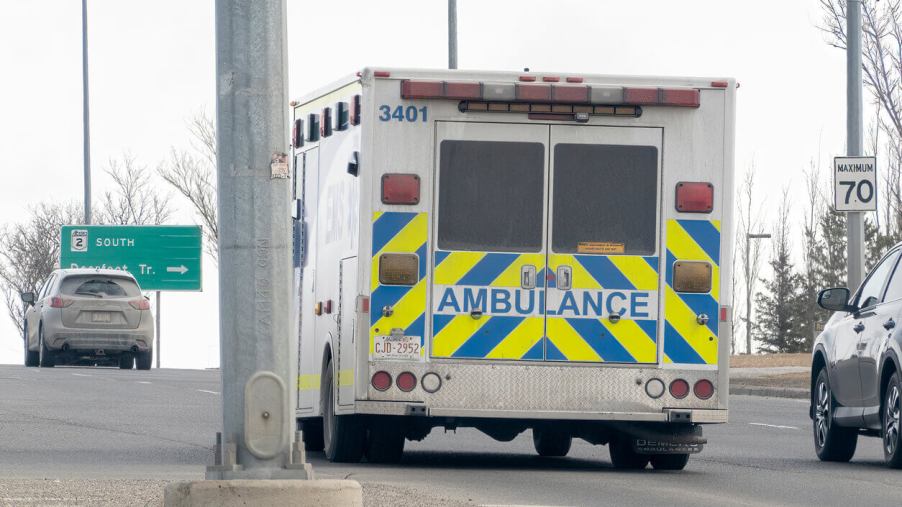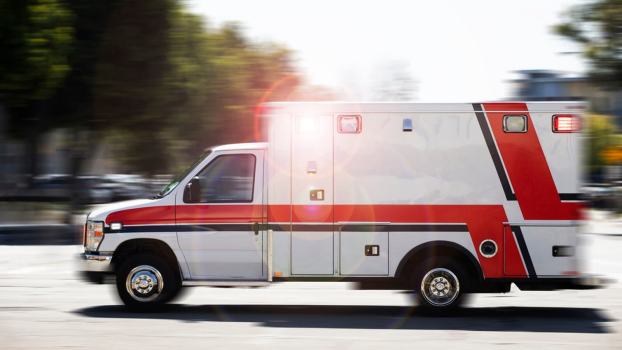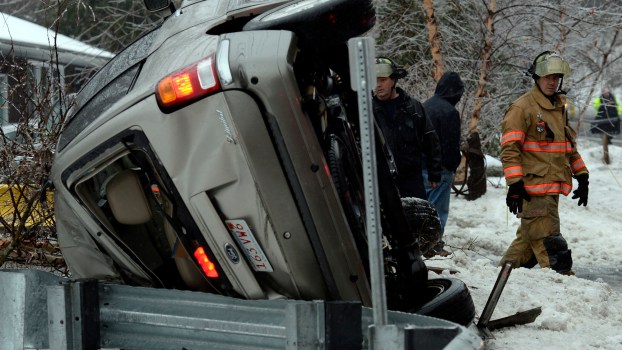
How Much Training Does It Take to Drive an Ambulance?
You’ve seen ambulance drivers part traffic like scriptural figures. It’s for good reason, too; a ride in the ambulance could be the difference between life and death for patients in emergency situations. So, how much training does it take to drive an ambulance?
Ambulance driver training is less demanding and more diverse than you might think
The days of Hemingway talking about driving an ambulance are over. You won’t find too many sole-role ambulance drivers who don’t also engage in emergency medicine. As such, driving an ambulance will more than likely require more training than being able to handle a large box truck.
Instead, most agencies, whether it be a dual-role fire department and emergency medical services (EMS) agency or a standalone EMS agency, will require medical training. For instance, my department required anyone serving on an ambulance to be qualified as an emergency medical technician-basic (EMT-B). More often than not, my fire department would staff an EMT-B or EMT-A (emergency medical technician-advanced) with a paramedic. As such, a rig would be able to handle emergencies warranting a paramedic’s advanced skills while the EMT would drive.

However, the fundamental skills required to drive an ambulance aren’t that far beyond that of a licensed driver. Many agencies will require a set number of hours before an EMT or paramedic is allowed to drive a rig. For instance, the Kentucky Board of Emergency Medical Services (KBEMS) requires at least eight hours of training before an EMT is allowed to drive an ambulance on public streets. However, the regulations will differ based on the state you live in.
Moreover, although a police officer and an ambulance driver are qualified to drive at “code three,” the two don’t typically receive the same training. For starters, police officers typically have to pass pursuit training. That, understandably, isn’t a skill that ambulance drivers require to carry out their jobs.





